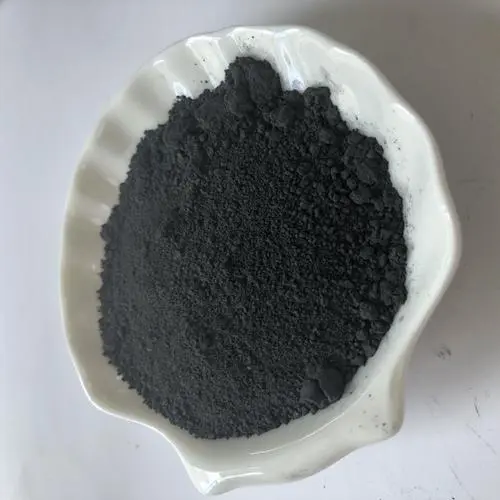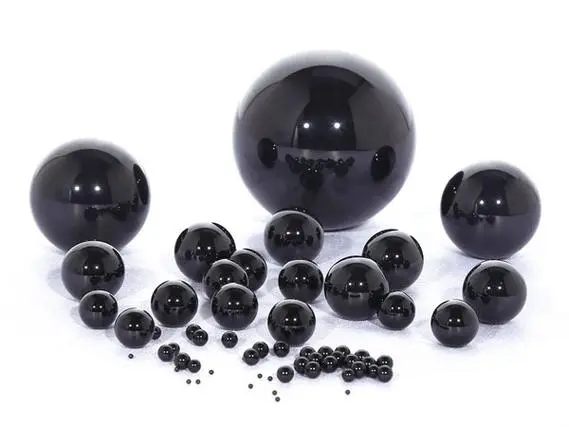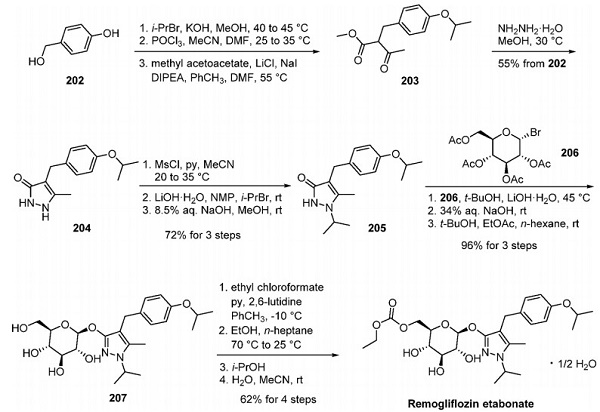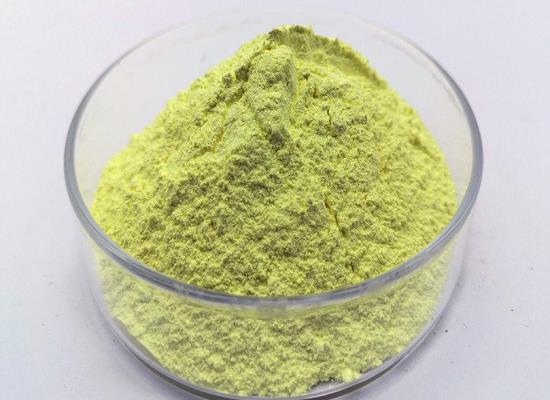Active Pharmaceutical Ingredients (API), popularly speaking, are the raw materials of medicines, only pharmaceutical raw materials are processed into pharmaceutical preparations , can they become medicines available for clinical use, so drugs we usually eat are the finished drugs through processing. Active Pharmaceutical Ingredients based on its sources can be divided into two major categories ,including chemical synthetic drugs and natural chemical drugs. Chemical synthetic drugs can be divided into organic synthetic drugs and inorganic synthetic drugs. Inorganic synthetic drugs are inorganic compounds ( very few is element), such as aluminum hydroxide, magnesium trisilicate which are used for the treatment of gastric and duodenal ulcers ; organic synthetic drugs are mainly composed of drugs made by basic organic chemical raw materials, through a series of organic chemical reactions (such as aspirin, chloramphenicol, caffeine, etc.). Natural chemical drugs ,based on its sources,can be divided into two categories including biochemical drugs and plant chemical drugs. Antibiotics are generally made by the microbial fermentation, which belongs to the biochemistry category. A variety of semi-synthetic antibiotics occurs in recent years,which are biosynthesis and chemical synthesis combining products.Among active Pharmaceutical Ingredients, the organic synthetic drugs varieties, yields and values have the largest proportion,which are the main pillars of the chemical and pharmaceutical industries. The quality of active Pharmaceutical Ingredients decides whether the formulation is good or bad , so its quality standards are very strict ,countries in the world have developed national pharmacopoeia standards and strict quality control methods for its widely used active Pharmaceutical ingredients.
Titanium diboride: General Properties; Industrial Preparation and Processing; Industrial Applications and Uses
Titanium diboride was originally developed to make lightweight armor for US and Soviet army tanks. It also has many commercial applications such as nozzles, seals, cutting tools, dies, wear parts due
Jan 16,2024 APIBoron Carbide: General Properties; Industrial Preparation; Industrial Applications and Uses
The applications of boron carbide are as wear-resistant components. Armor tiles in military applications such as in light hard bulletproof armor for helicopters and tanks or as thermal shield for th
Jan 16,2024 APISilicon Nitride: General Properties; Industrial Preparation and Grades
Silicon nitride has been used extensively in a number of other industrial applications, such as engine components, bearings, and cutting tools.
Jan 16,2024 APIThe introduction of Siponimod
Siponimod is an oral selective sphingosine 1-phosphate receptor subtypes 1 and 5 (S1PR1,5) modulator being developed by Novartis Pharmaceuticals for the treatment of multiple sclerosis (MS) and intrac
Jan 16,2024 APIHow to synthesize Sotagliflozin?
Sotagliflozin (LX-4211) is a dual sodium-glucose co-transporter-2 and 1 (SGLT2/1) inhibitor for the treatment of both type 1 (T1D) and type 2 diabetes (T2D).
Jan 16,2024 APIOne of the SGLT2 inhibitors: ReMogliflozin etabonate
Remogliflozin etabonate (RE) is the prodrug of remogliflozin, a selective sodium?glucose cotransporter subtype 2 (SGLT2) inhibitor discovered by Kissei Pharmaceutical.
Jan 16,2024 APICrizotinib: clinical activity, relapses and mechanisms of resistance
Crizotinib shows clinical activity in ALK+ NSCLC. Relapses occur within a year, CNS-only or oligoprogression. Resistance mechanisms include ALK mutations, copy number alterations and bypass tracks.
Jan 16,2024 APIPterostilbene in Cancer Therapy
Pterostilbene shows promise as a cancer therapy agent. It inhibits cell proliferation and induces apoptosis in breast and cervical cancers, targeting key proteins and cancer stem cells.
Jan 16,2024 API2,5-Dimethyl pyrazine Production from Glucose by Genetically Modified Escherichia coli
Genetically modified E. coli can produce 2,5-Dimethyl pyrazine from glucose, showing potential for industrial-scale production with further improvements.
Jan 16,2024 APITungsten trioxide: Fabrication methods for EC films and Improvement of EC performance
Fabrication methods for Tungsten trioxide EC films include sputtering, sol-gel and hydrothermal. Nanostructuring, regulating crystallinity, and hybridization improve Tungsten trioxide EC performance.
Jan 16,2024 API












